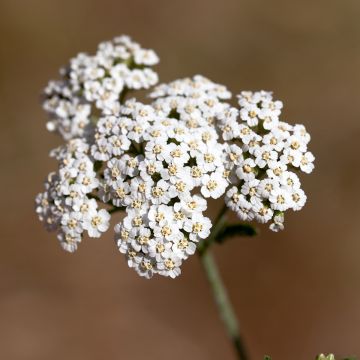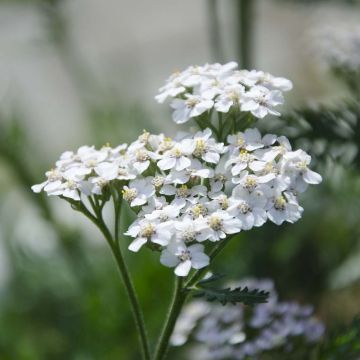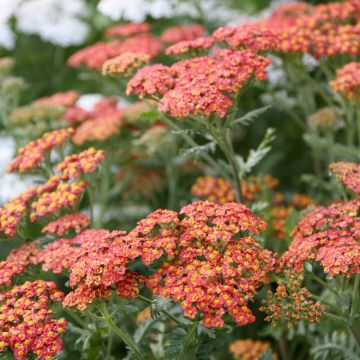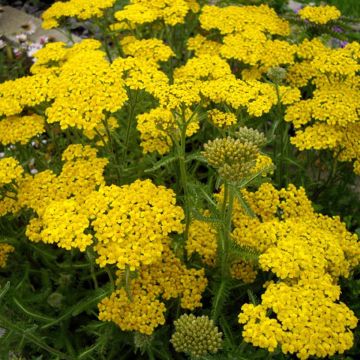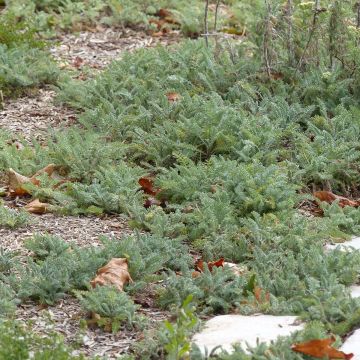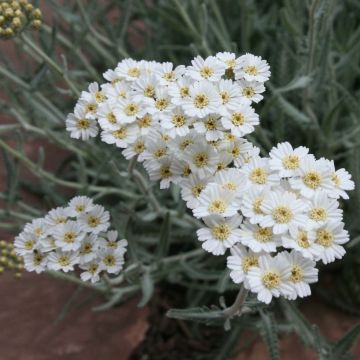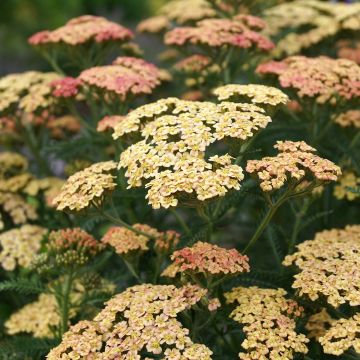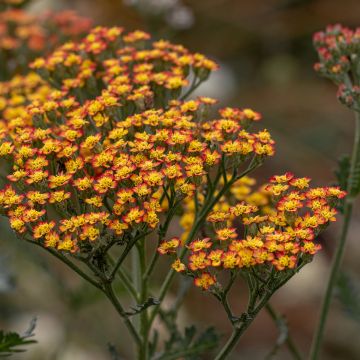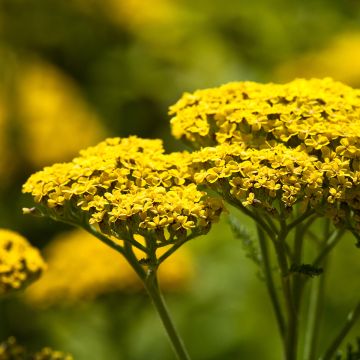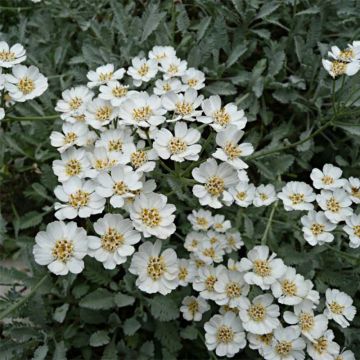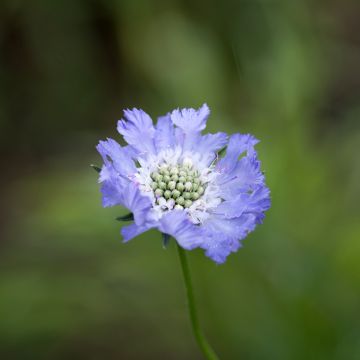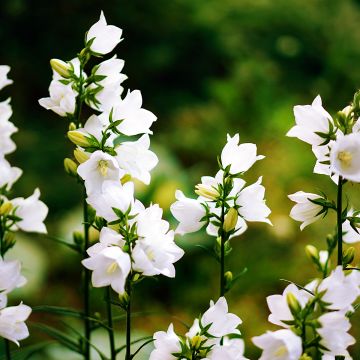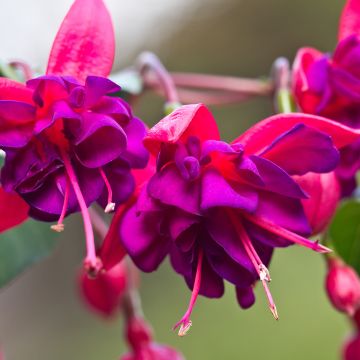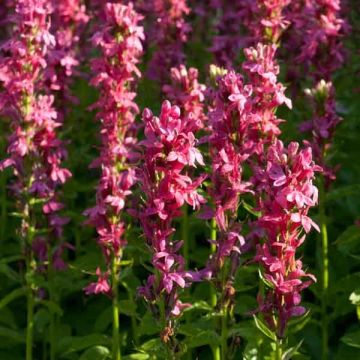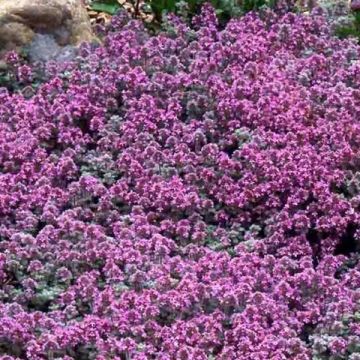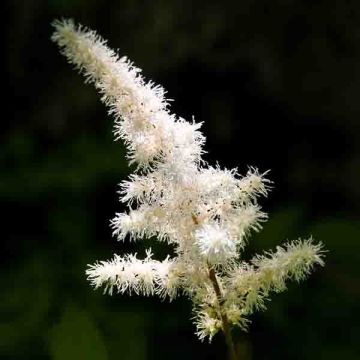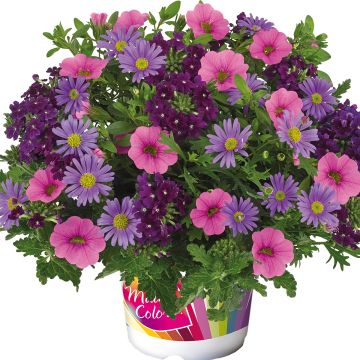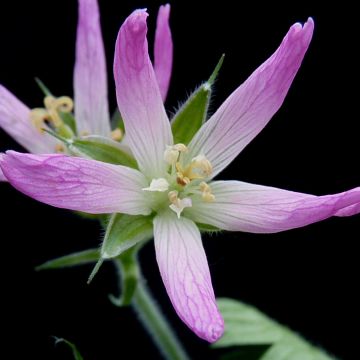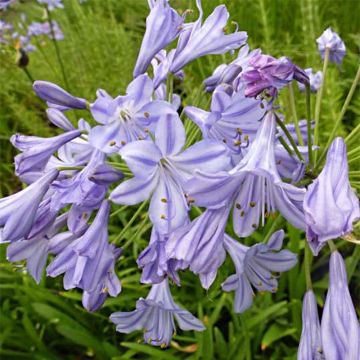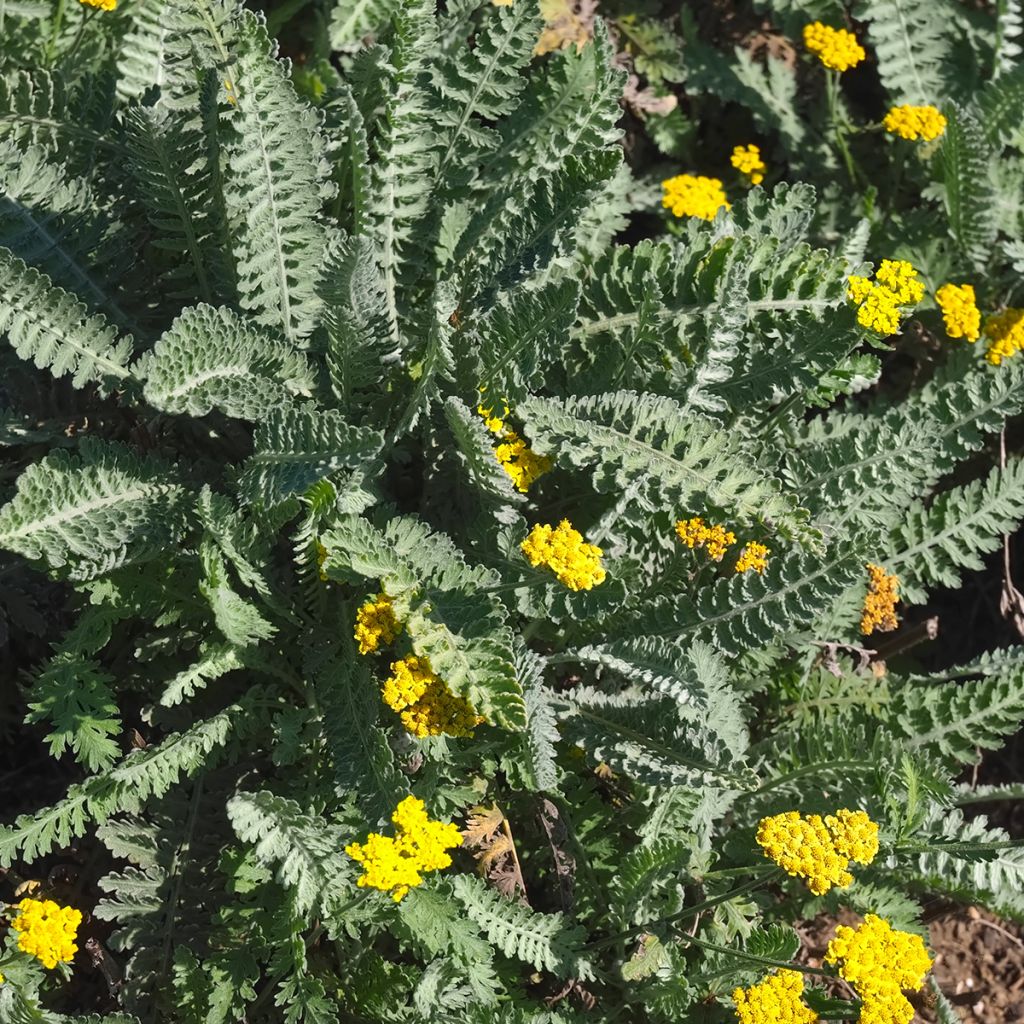

Achillea clypeolata
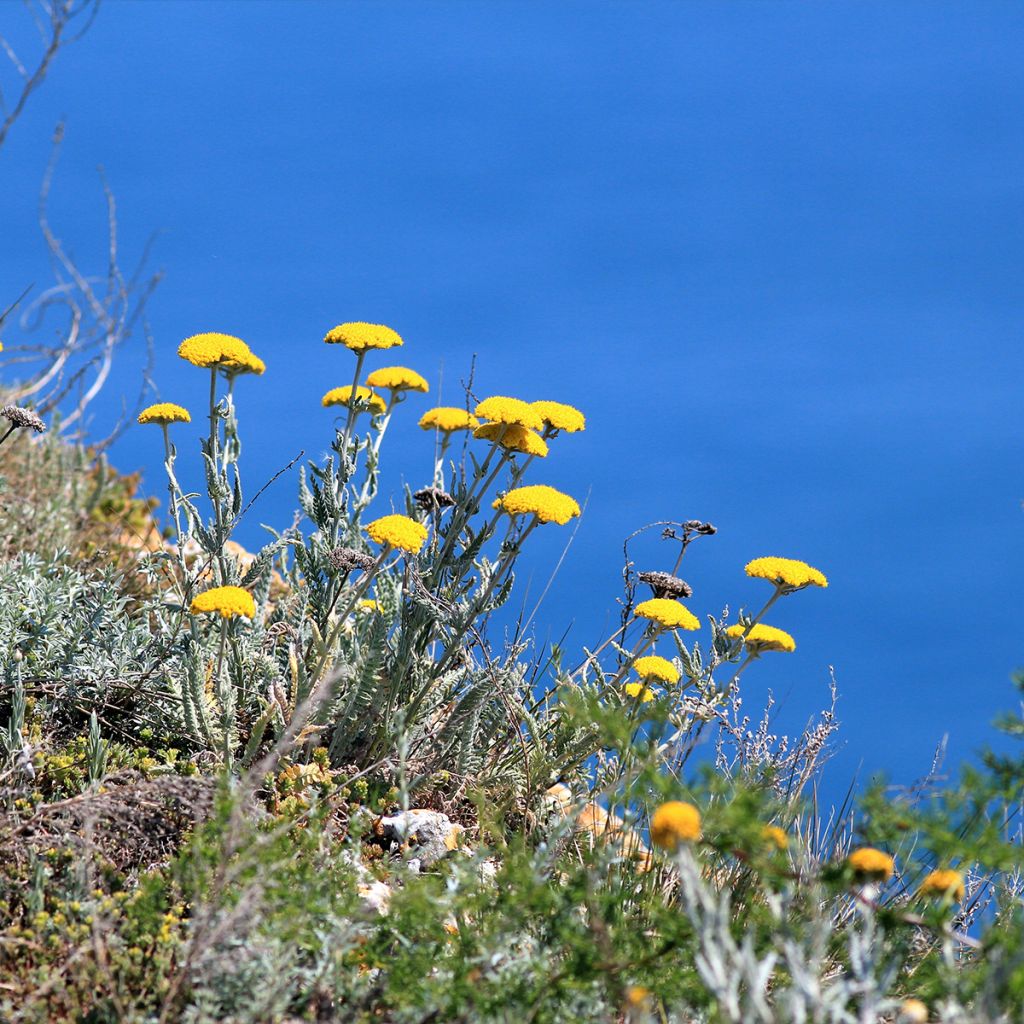

Achillea clypeolata
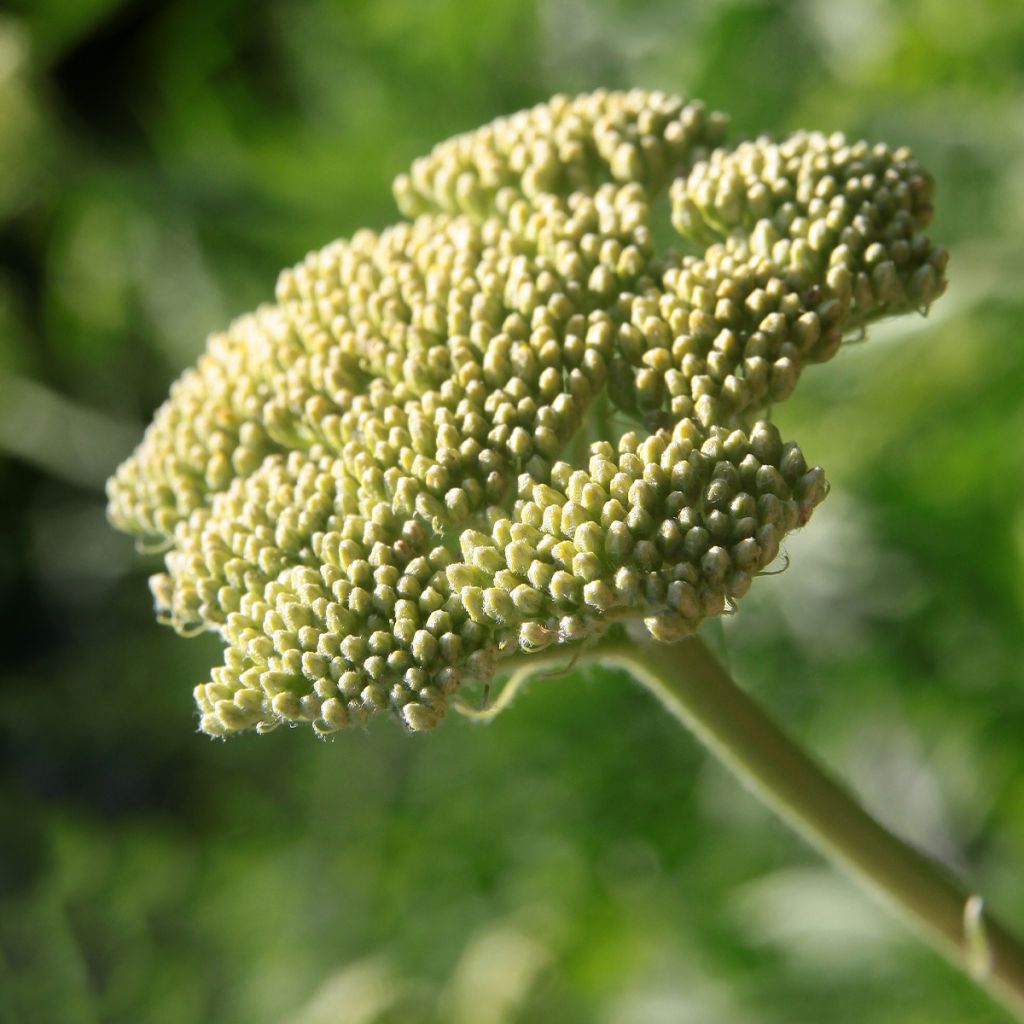

Achillea clypeolata
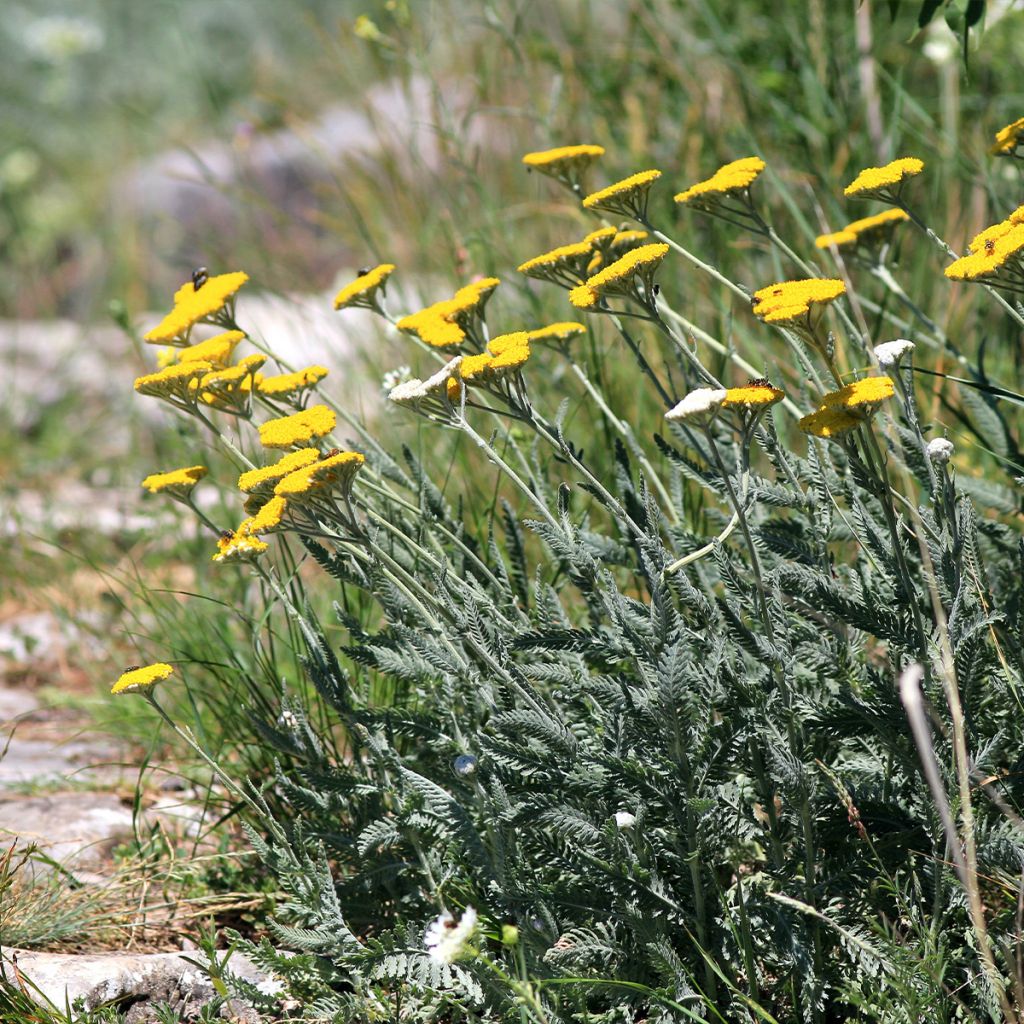

Achillea clypeolata
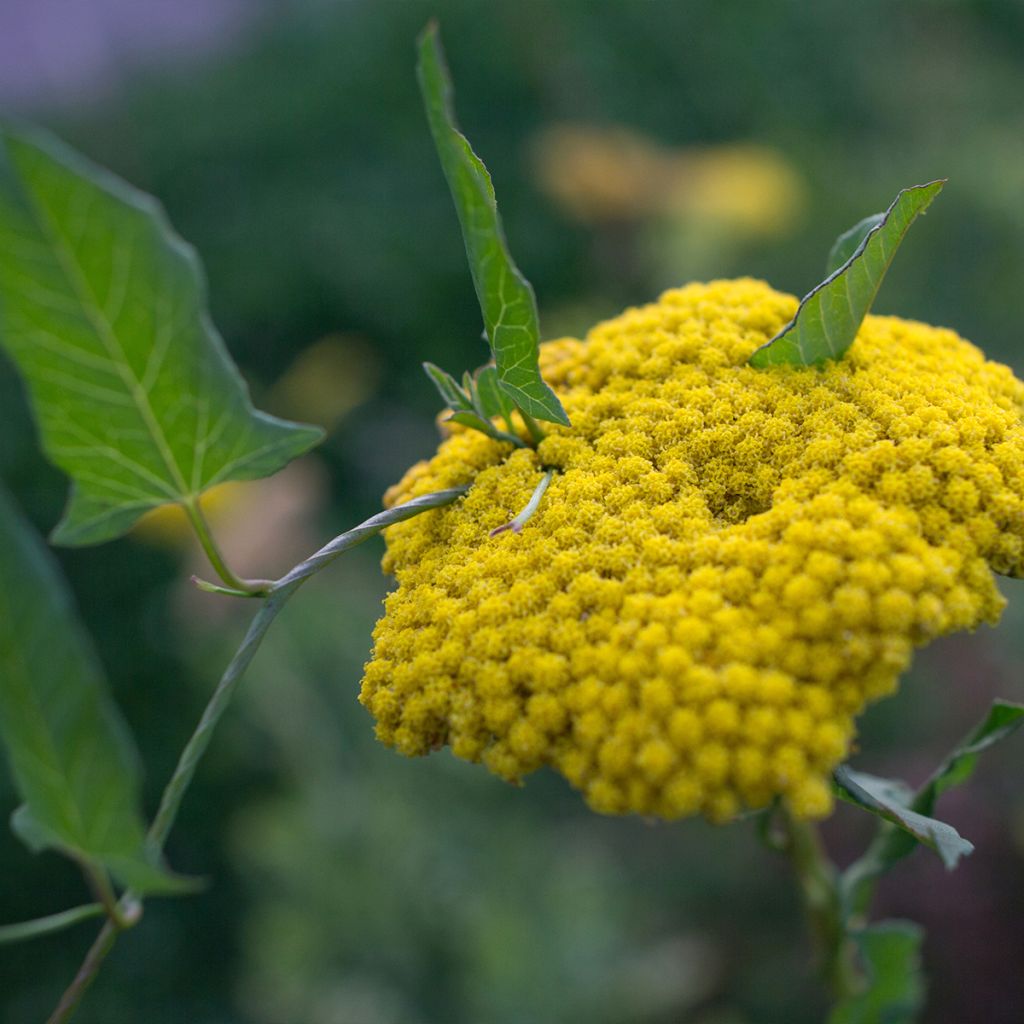

Achillea clypeolata
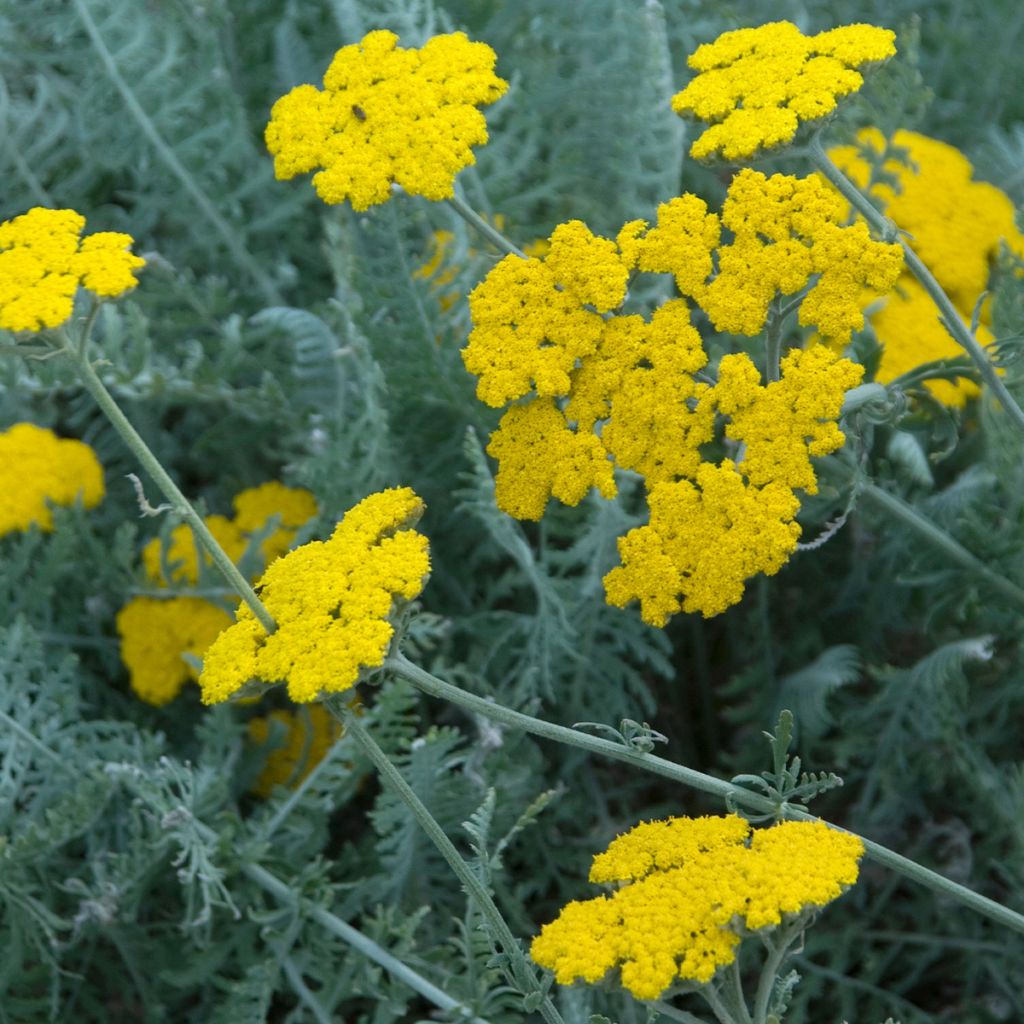

Achillea clypeolata
Achillea clypeolata
Achillea clypeolata
Shield-like Yarrow
This item cannot be shipped to the selected country
Delivery charge from €5.90
More information
Delivery charge from €5.90
More information
Schedule delivery date,
and select date in basket
This plant carries a 12 months recovery warranty
More information
We guarantee the quality of our plants for a full growing cycle, and will replace at our expense any plant that fails to recover under normal climatic and planting conditions.
From €5.90 for pickup delivery and €6.90 for home delivery
Express home delivery from €8.90.
Does this plant fit my garden?
Set up your Plantfit profile →
Description
The Achillea clypeolata, a beautiful wild yarrow native to Turkey and the Balkans, is one of the parents of the excellent varieties 'Moonshine' and 'Little Moonshine' favoured by gardeners. This species is vigorous, undemanding to grow and decorative both by its finely cut light silver-grey foliage and its long flowering of bright yellow. Simple and undemanding, this plant has its place in rock gardens or sunny borders, alone or mixed with other ground cover plants. Its flowers are perfect in fresh or dried bouquets.
The Achillea clypeolata belongs to the family Asteraceae. This perennial plant forms a dense carpet; it reaches about 50cm (20in) in height when flowering, its flower heads tower over a tuft of abundantly leafy stems. It spreads slowly over 60cm (24in) on the ground via short stolons. Its foliage, soft to the touch, remains evergreen in mild climates during winter. It consists of leaves 15-20cm (6-8in) long, finely cut and toothed, and covered with a fine silvery-grey down, becoming lighter in July-August. Flowering is early or late depending on the climate; it repeat flowers for about 2 months between June and September, depending on the area. The floral stems end in flattened flower heads of 5-8 cm (2-3 in) in diameter. These are initially cottony white and slightly rounded. They open into many small flowers in a warm yellow colour, becoming ochre to bronze over time, tightly packed together.
All yarrows love draining soils and have excellent hardiness. The Achillea clypeolata, overlooked in favour of its horticultural descendants, is nevertheless a robust, bright and fascinating plant for filling poor and rocky soils. It can be placed in rock gardens and in the border of a bed if the soil is well-draining. Not invasive, water-saving, and ideal for dry slopes, this yarrow limits the proliferation of weeds and gives a natural look to the garden. It can be paired with other ground cover or cushion plants such as Geranium sanguineum, Erigeron karvinskianus, and Nepeta x faassenii. Many combinations are possible, with dwarf Teucrium, dwarf Artemisia lanata, lovely Centaurea bella, the Thyms (hirsutus, capitatus, lanigerus), or other yarrows with various colours (millefolium, coarctata, nobilis).
Achillea clypeolata in pictures
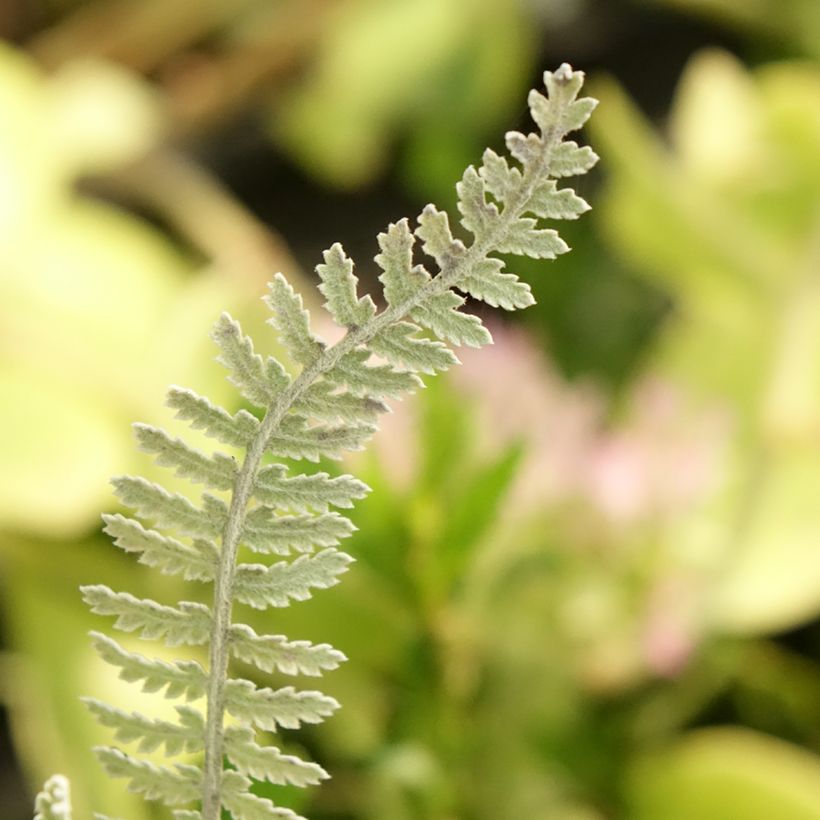

Flowering
Foliage
Plant habit
Botanical data
Achillea
clypeolata
Asteraceae
Shield-like Yarrow
Caucasus
Other Achillea
Planting and care
Achillea clypeolata is a plant that can be easily cultivated in the sun with ordinary but well-drained, well-prepared, and loosened soil. This helps to facilitate its establishment. It can adapt perfectly to slightly sandy, stony, and even dry limestone soils during summer. However, this species is not well tolerated to winter humidity, especially if the soil is heavy and clayey. This may affect its hardiness, which is about -15°C for a short period of time. It is recommended to carefully weed the plants during the first two years. You can encourage the plant to produce more flowers and fresh foliage at the end of the season by pruning the faded flowers and making bouquets out of them.
Planting period
Intended location
Care
-
, onOrder confirmed
Reply from on Promesse de fleurs
Summer flowering perennials
Haven't found what you were looking for?
Hardiness is the lowest winter temperature a plant can endure without suffering serious damage or even dying. However, hardiness is affected by location (a sheltered area, such as a patio), protection (winter cover) and soil type (hardiness is improved by well-drained soil).

Photo Sharing Terms & Conditions
In order to encourage gardeners to interact and share their experiences, Promesse de fleurs offers various media enabling content to be uploaded onto its Site - in particular via the ‘Photo sharing’ module.
The User agrees to refrain from:
- Posting any content that is illegal, prejudicial, insulting, racist, inciteful to hatred, revisionist, contrary to public decency, that infringes on privacy or on the privacy rights of third parties, in particular the publicity rights of persons and goods, intellectual property rights, or the right to privacy.
- Submitting content on behalf of a third party;
- Impersonate the identity of a third party and/or publish any personal information about a third party;
In general, the User undertakes to refrain from any unethical behaviour.
All Content (in particular text, comments, files, images, photos, videos, creative works, etc.), which may be subject to property or intellectual property rights, image or other private rights, shall remain the property of the User, subject to the limited rights granted by the terms of the licence granted by Promesse de fleurs as stated below. Users are at liberty to publish or not to publish such Content on the Site, notably via the ‘Photo Sharing’ facility, and accept that this Content shall be made public and freely accessible, notably on the Internet.
Users further acknowledge, undertake to have ,and guarantee that they hold all necessary rights and permissions to publish such material on the Site, in particular with regard to the legislation in force pertaining to any privacy, property, intellectual property, image, or contractual rights, or rights of any other nature. By publishing such Content on the Site, Users acknowledge accepting full liability as publishers of the Content within the meaning of the law, and grant Promesse de fleurs, free of charge, an inclusive, worldwide licence for the said Content for the entire duration of its publication, including all reproduction, representation, up/downloading, displaying, performing, transmission, and storage rights.
Users also grant permission for their name to be linked to the Content and accept that this link may not always be made available.
By engaging in posting material, Users consent to their Content becoming automatically accessible on the Internet, in particular on other sites and/or blogs and/or web pages of the Promesse de fleurs site, including in particular social pages and the Promesse de fleurs catalogue.
Users may secure the removal of entrusted content free of charge by issuing a simple request via our contact form.

































